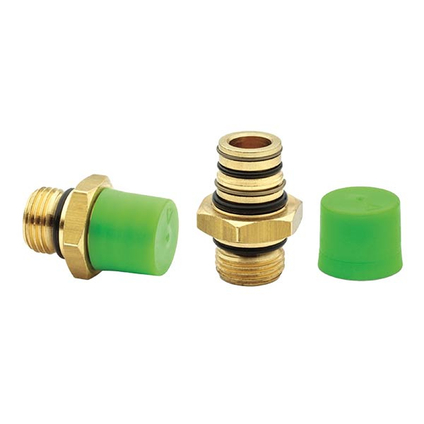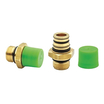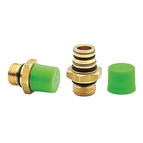- All Categories
- Sealers and Chemical Joints
- Adhesives and Stickers
- Glues
- Cleaners and Solvents
- Lubricants
- Primers and Lacquers
- Putties
- Additives/Auto
- Additives/Building
- Electrical Protection
- Adhesive Tapes
- Waterproofing
- Packaging, tubes and accessories
- Motorcycles
- Surface Treatments
- Metrics Screws
- Nuts and Washers
- Tapping Thread Screws
- Woods Screws
- Screws For Metal and PVC
- Rivets and rivet nuts
- Staples and Nails
- Eye Bolts and square bend hooks
- Pins
- Cutting and Grinding Discs
- Drill bits
- Grinders and Countersinks
- Crowns
- Saws
- Taps and Dies
- Thread Repair
- Windscreen Removal Blades
- Abrasive Discs
- Sandpaper in Roll
- Sandpaper in Band
- Abrasive Brushes and Grinding Wheels
- Clamps
- Gasoline Pipe PVC Pipe
- Sealing Washers
- Crankcase Plugs
- Tyres (Counterweights/Valves and Patches)
- Bellows
- Exhaust Supports
- Lubricants Plastic Union
- Block Plugs
- Tyre Valve core
- Wheel counterweights
- Wiper Blades
- Bulbs
- Vehicle staples
- Underbody Protection
- Protective Masking
- Glass Repair
- Vehicle Repainting
- Interior Repair Kits
- Exterior Repair Kits
- Caravan Kit
- Bodywork Accessories
- Bodywork Utensils
- Terminals
- Electricity Complements
- Acessórios de Eletricidade
- Ties/ Cable Fixing
- Terminals
- Connectors
- Fuses
- Strip terminals
- Sheath cables
- Lighting
- Low Load Anchors
- Medium Load Anchors
- Heavy Load Anchors
- Chemical Anchors
- Hinges
- Guides
- Profiles and supports
- Insulation
- Bolts and hinges
- Soft Solder
- Electrodes
- Welding Equipment
- Chemicals for Welding
- Rebar
- Formwork
- Railings and Stairs
- Trowels, Steel Grout, Cubes
- Construction Tools
- Flooring and Tiling
- Construction Machinery
- Painting accessories
- Personal Cleaning
- Eye protection
- Masks/Goggles/Helmets
- Respiratory protection
- Hearing protection
- Footwear
- Gloves
- Workwear
- Exterior Protection/Signage
- Signaling
- Various protections
- Screwdrivers and Bits
- Spanners
- Pliers and Pincers
- Impact Socket/ Ratchet
- Hammer Tools
- Files
- Callipers and Clamps
- Tools For Electricity
- Sanitary Tools
- Car Repair Equipment
- VDE Tools
- Anti-Spark Tool
- Aplications Guns
- Greasing
- ESD Tool
- Vernier Caliper and Micrometers
- Metric Tapes
- Laser Systems
- Measurement Angles/Levels and Telescopic Ruler
- Torque Control
- Jars and Funnels
- Various Testers
- Inspection Equipment
- Compressed Air
- Tool Trolleys
- Tool Boxes
- Benches, Tables and Stands
- Lighting
- Lifting
- Industrial accessories
- Cleaning. rags, cloths and absorbents
- Cleaning. paper and paper dispensers
- Cleaning. Complements
- Industrial accessories
- Pneumatic
- Electrical
- Duss
- Drilling System
- Other Machines
- Milwaukee
- Air Brake System
- Signage/Lighting
- Electrical System
- Lashing sistems/ Safety
- Mechanical
- Industrial Vehicle Accessories
- Couplings VIN
- Cleaning Items
- Industrial Accessories
- Supports and Accessories
- Threaded rod and fixing accessories
- Metal cable ties
- Plastic cable ties
- Steel wire rope fastening
- Showers and sanitary accessories
- Fixing for A.C. and radiators
- Car Wash Chemicals
- Car Wash Accessories and Complements
- Car Wash Machines
FREE RETURNS
SAFE PURCHASE | ISO9001
DELIVERY IN 48H. - PRIORITY SHIPPING
MORE THAN 20.000 PRODUCTS


